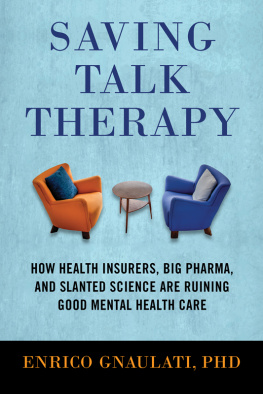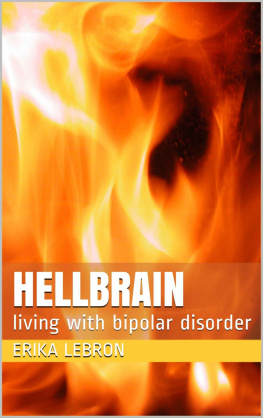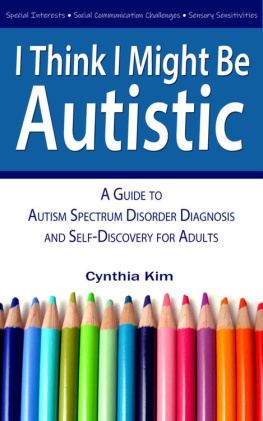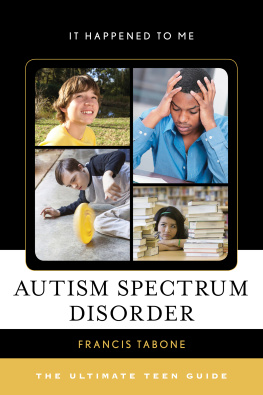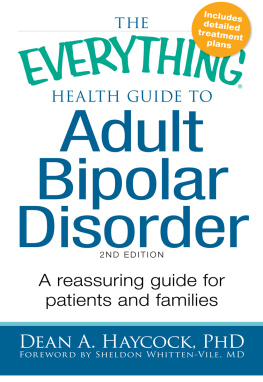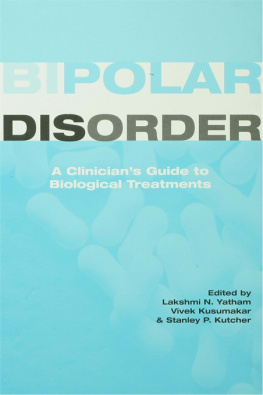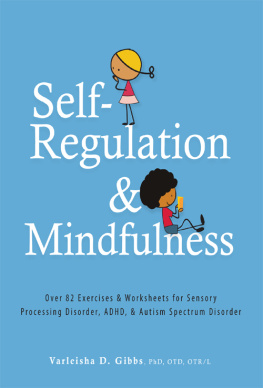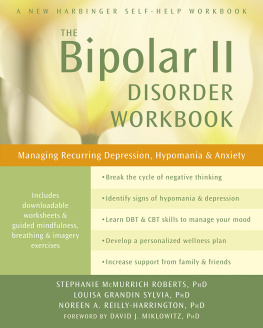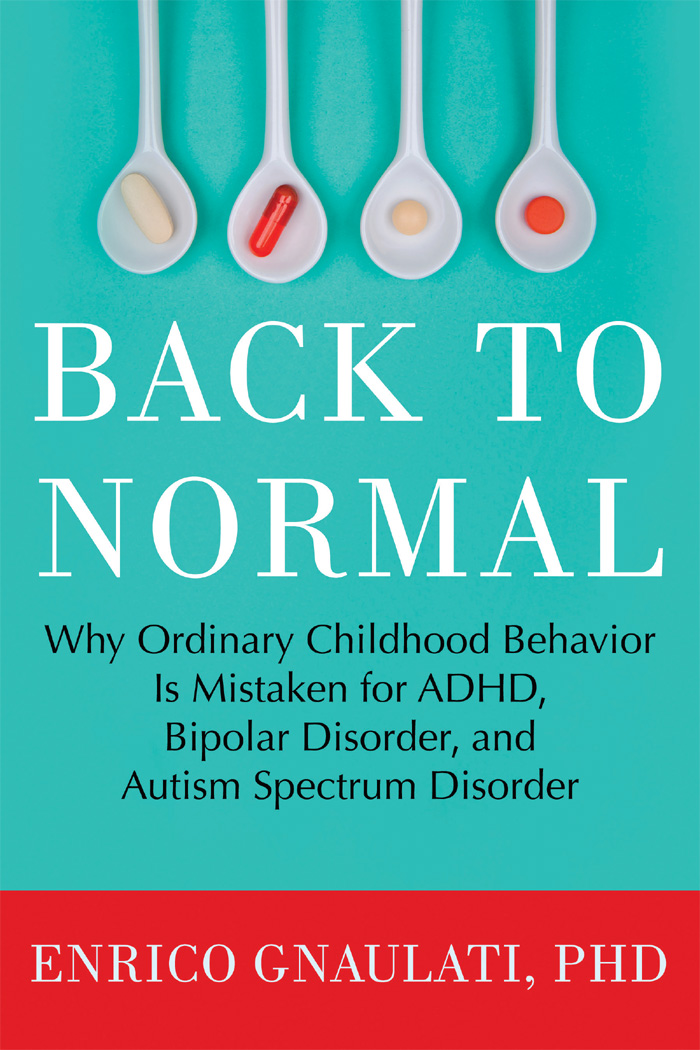BACK TO
NORMAL
Why Ordinary Childhood Behavior Is
Mistaken for ADHD, Bipolar Disorder, and
Autism Spectrum Disorder
ENRICO GNAULATI, PHD
Beacon Press
Boston
For Janet and Marcello,
my source of real happiness
Contents
CHAPTER ONE
Mad Science and Mad Medicine
CHAPTER TWO
The Rush to Diagnose
CHAPTER THREE
Casualties of Casual Diagnosing
CHAPTER FOUR
Abnormalizing Boys
CHAPTER FIVE
The Normalcy of Problem Behavior
CHAPTER SIX
ADHD? Or Childhood Narcissism at the Outer Edges?
CHAPTER SEVEN
Bipolar Disorder? Or Teenage Storm and Stress Twenty-First-Century Style?
CHAPTER EIGHT
Autism Spectrum? Or a Brainy, Willful, Introverted Boy?
CHAPTER NINE
Parenting with Authority
Introduction
This book is about the normalcy of childrens seemingly abnormal behavior. Mostly, I wrote it to give parents of struggling children hope, perspective, and direction. However, I also wrote it to counteract the pervasive tendency in our society to medicalize childrens behavior and to categorize an increasing array of normal childhood reactions to stressful life situations as proof positive of a psychiatric diagnosis. Critics of American society insist that we are a nation of people who overpsychologize. Yet nowadays, when it comes to understanding childrens behavior, clearly we underpsychologize. We shy away from trusting our own ability to decipher the ordinary human meanings, motives, and developmental reasons for why children act the way they do. This book aims to correct this imbalance.
While working as a psychologist with children and families for the past twenty-five years, Ive observed that parents are nothing short of desperate for answers that will help them to tease apart whether their kid has transitory problems or is showing signs of a diagnosable condition. The truth is, its exceedingly difficult to distinguish between, on the one hand, things like a lag in social and emotional growth, a mismatch between where a kid is developmentally and what is expected of him or her at school, patterns of emotional reactivity in the parentchild relationship, a difficult personality trait, or a perfect storm of all of these and, on the other hand, evidence of a psychiatric condition like ADHD (attention deficit hyperactivity disorder), bipolar disorder, or autism spectrum disorder. Yet when we look at the number of kids with these disorders, we get the impression that its exceedingly easy.
As well see, ADHD is thought to be as prevalent as the common cold, with 1 in 10 children meriting the diagnosisabout as many children as use cold remedies at any given time. What explains these sky-high numbers?
Part of the answer lies in how similar many of the symptoms associated with these disorders are to everyday childhood behaviors. This can make the diagnostic process overly subjective and thereby slant it in the direction of doctors and therapists yielding false positives. Take attention-deficit/hyperactivity disorder. We can see shades of all children in the core symptoms of ADHD: distractibility, forgetfulness, problems with follow-through, not listening, talking excessively, fidgetiness, and difficulty waiting ones turn. Sophisticated clinical language characterizing autism spectrum disorder, such as deficits in social-emotional reciprocity, nonverbal communication, and developing and maintaining age-appropriate relationships, really boils down to run-of-the-mill behaviors like showing yourself to be happy when someone else is happy, keeping good eye contact, responding to your name, and finding other kids your age interestingphenomena that toddlers, the youngsters most apt to be under the autism spectrum lens, often have difficulty mastering. Similarly, when a toddler repeats words and phrases, is entranced by stimulating objects, and has rigid food preferences, is he or she working through something developmentally or on the spectrum? The common criteria for bipolar disorder are hard to separate from evidence of a difficult adolescent passage: irritability, temper outbursts, moodiness, fluctuations in motivation, sleep irregularities, overconfidence, and a propensity to engage in risky behaviors. This is particularly true in our twenty-first-century mediasaturated culture, where ready bedroom access to screens interferes with teenagers sleep, causing teens to be groggy and irritable, and where participation in social-network sites like Facebook almost requires them to be self-promotional.
Another part of the answer for why these disorders are massively overdiagnosed lies in how casual we have become about incorporating mental health jargon into our everyday conversations. We pin diagnoses on ourselves as if they are faddish labels or give us outlaw celebrity status. ADHD happens to be the name of a song by the English alternative-rock band Blood Red Shoes, and the rapper Krizz Kalikos hit Bipolar can be downloaded as a cell phone ringtone. It can seem cool to be bipolar when high-roller actors like Mel Gibson and Catherine Zeta-Jones, and legendary rock stars like Axl Rose, refer to themselves that way.
Yet there are good reasons to be cautious when it comes to these diagnoses. We may be remarkably casual about tossing around mental health labels, but unfortunately, studies show that the average American still harbors negative stereotypes about kids and teens with psychiatric disorders. Large swaths of the American public still believe that a depressed teenager is a would-be violent teenager. A mental health diagnosis can also follow a kid into adulthood and potentially disqualify him or her from careers in law enforcement, the military, and other professions; make it difficult to obtain a pilots or truckers license; and jack up life and disability insurance rates for him or her. And, of course, an easygoing attitude toward diagnosing can pave the way for uncritical consumption of medications, minimizing the undesirable side effects that often accompany their use.
The story of how pharmaceutical companies oversell the general public on mental illness and medications to boost their profits is a story that has been told many times. However, I will retell the relevant parts of this tale, taking the reader behind the scenes to look at how pharmaceutical reps often drive doctors diagnostic habits, what recent research shows about the effectiveness of medications routinely used with children, and the latest ideas by leading scholars that call into question brain-based and chemical-imbalance theories of behavior.
I also will tell another story, one that most parents probably havent heard before. This story is about how doctors and therapists education and training primes them to think in terms of disease and disorder and often blinds them to humanistic, developmental, and commonsense explanations for childrens troubling and troublesome behavior. I am a psychologist, so telling this story has been disquietingto say the least. When parents bring their child to me for help, I like to first consider the likelihood that the child is experiencing a stressful reaction to life events, but is otherwise normal. I am comfortable with the idea that theres great variation across children in the rate at which their social and emotional development unfolds. Sometimes a childs troubles simply mean that he or she is slow to mature in an area and will do just fine with some combination of adjustments to his or her daily environments, targeted parenting interventions, and garden-variety talk and play therapy. I like to think in terms of normal human variation, developmental glitches, and wellness. This is not to say that I dont go into high gear when, over time, after an assortment of interventions, there is unquestionable evidence that a child has a disabling psychiatric condition and needs medication and other, more rigorous interventions. Sadly, however, when it comes to childrens mental health, this way of thinking is not widely shared by doctors and therapists. Often parents face overwhelming pressure to medicalize and medicate their kids behavior from the get-go in doctors and therapists offices. I want parents to be aware of the larger forces influencing the field of childrens mental health.


